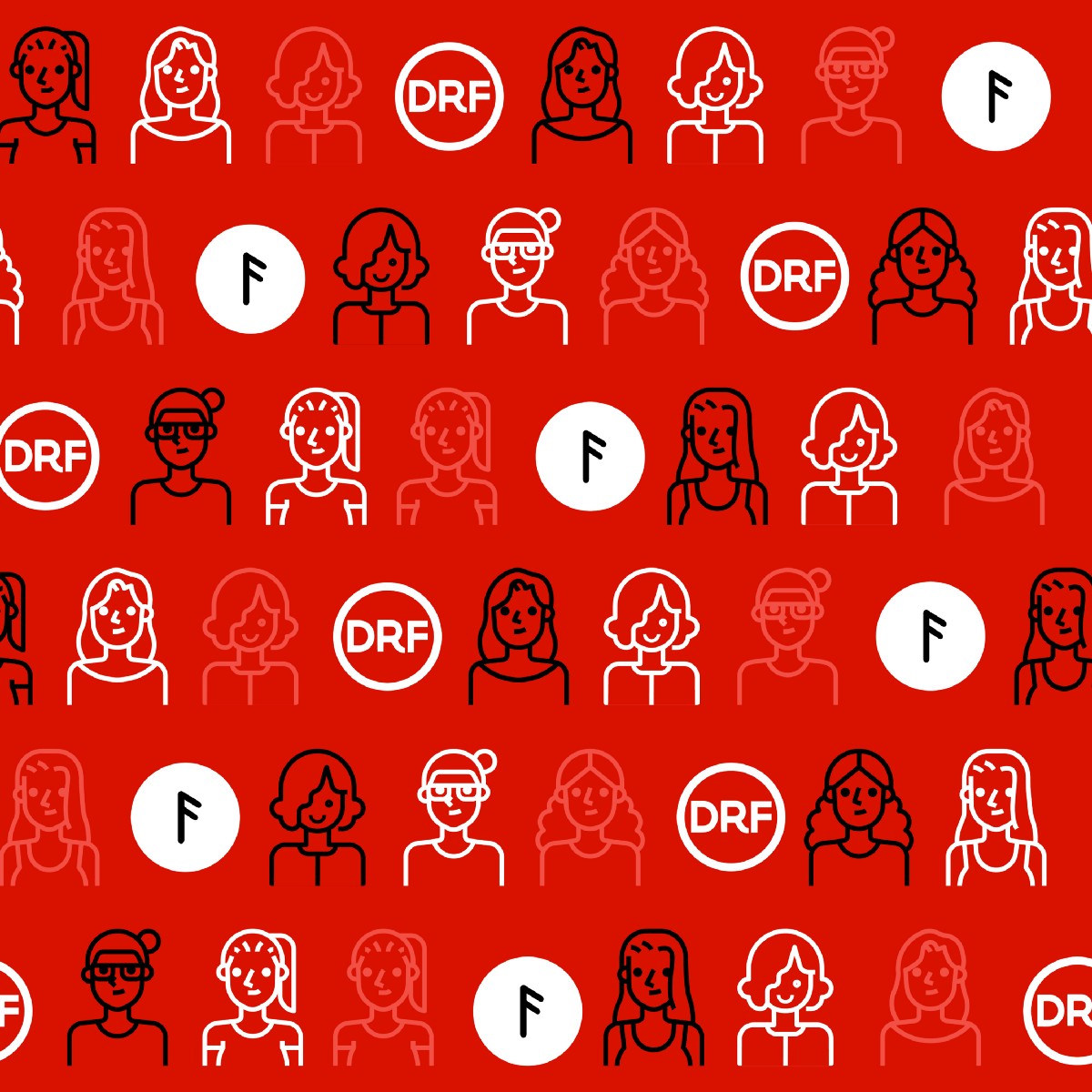Lan Jiang, managing partner of the San Francisco team, leads the fourth Female Founder Track with Chloe Lopez-Lee. In this interview, which has been edited for clarity, Jiang shares her experiences leading the track. You can reach both of them at clopezlee@dormroomfund.com and lanjiang@dormroomfund.com.
How did you end up leading the track?
I joined Dorm Room Fund this past October 2020. During my interview, I remember raving about the diversity programs that DRF offers and really believing the tracks are what accelerate DRF as a student venture fund. We care so much more beyond just the bread and butter; it’s more like a DNA of who founders are, and what it means for us to be funding diverse portfolio companies.
What are the goals of the Female Founder Track?
Last year, they took the cohort remote for the first time. This year, we’re continuing to be remote, which means that we can really reach students in companies on a national scale.
As the name implies, it’s meant to be the first support system for early-stage female-founded companies. As part of DRF’s defining standards, the Female Founder Track is directed towards student founders, and specifically, female-identifying student founders.
Our goal is to be the first investors in these pre-seed companies. We look at these amazing companies that have an idea of an MVP and some user testing but are looking for some guidance to build through their first few months. The six-week track creates structure. As they get ready to raise their first rounds, we hope to bring them on as portfolio companies in the fall.
Why a program focused on female founders?
By the nature of any space where you have extreme bias, it’s hard for other minority groups to then break into it.
The founder community, just by pure statistical perspective, is biased towards male-identifying founders, and especially towards male and white founders. You read all of these studies that women find it harder to have conviction, ask for raises or take risks. All of these are needed in the trip to become a founder.
Even DRF’s numbers aren’t great, given that we’re far from like that 50:50 split. In all of the companies that we invest in, our hope is that women founders have the confidence and the support networks so that they can embark on the ideas they may have had for a while.
Given that there are so many natural biases against women breaking into that field, Female Founder Track is meant to be a place to empower individuals who need that extra spark or encouragement to really make their way through.
What’s the best advice you’ve learned from the track so far?
From guest speaker Isabelle Zhou, a former Female Founder Track lead and current founder herself, her biggest piece of advice is trusting your gut instincts. I think more often than not, we have to validate other people’s opinions or get those words of affirmation, but especially as a founder, sometimes you might be the only one who believes the opinion that you have. You need to root down and make sure that if you have a conviction about something, you see yourself through it.
The second piece of advice I’ve heard time and time again is that founderhood is lonely. Even if you have co-founders, it’s brutal. And this goes beyond female founders. For your mental health, it really helps to back yourself with people who support you. This can be in a number of different ways, whether it be colleagues who are also founders, mentors, or even friends who support you when you inevitably hit those rough patches.
How does the fourth iteration of the track differ from the first three?
We’re standing on the shoulders of giants, so we are no longer laying the foundations. This year, we’re focused on bringing track companies into the DRF portfolio. This has always been the goal every year, but in previous years, we were so caught up with getting the program running and going from zero to one. From iterations one through three, we haven’t really had as many resources and bandwidth to follow through after the program has ended. This year, major improvements will come after the program finishes on Aug. 5, pitch day.
In previous years, it’s been hard for us to stay in contact with companies after the initial six-week program. Keeping in touch with programs with these companies throughout the remaining months or years after the program is important. Ultimately, what’s on the forefront of these founder’s minds is how we keep in touch and what they do after the company is funded.
Get more Dorm Room Fund news and updates on Twitter and learn more on our Medium. Want more DRF content? Subscribe to our newsletter. Ready to take your startup to the next level? Apply here to be considered for an investment from Dorm Room Fund. Until next time! 🚀
